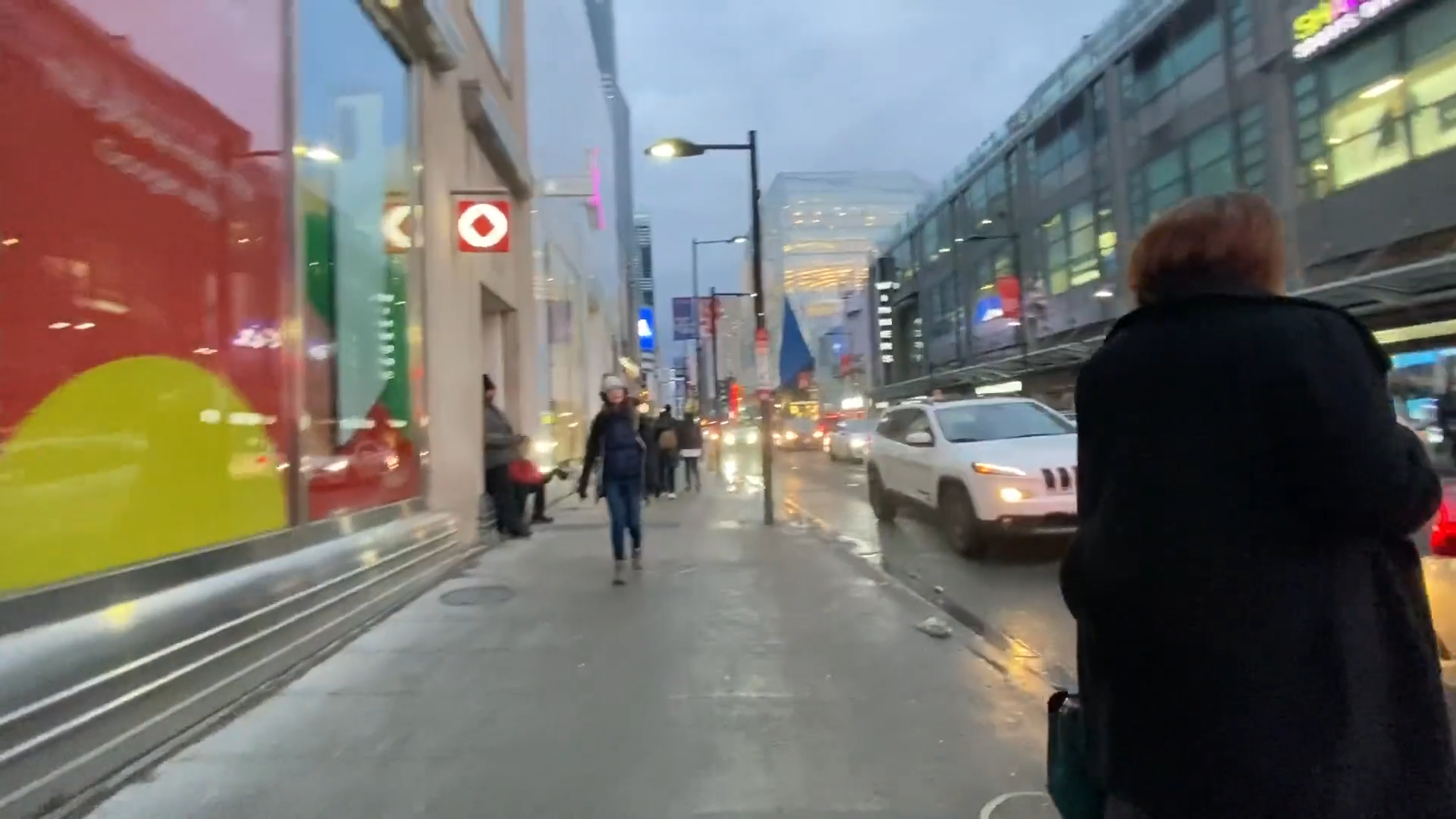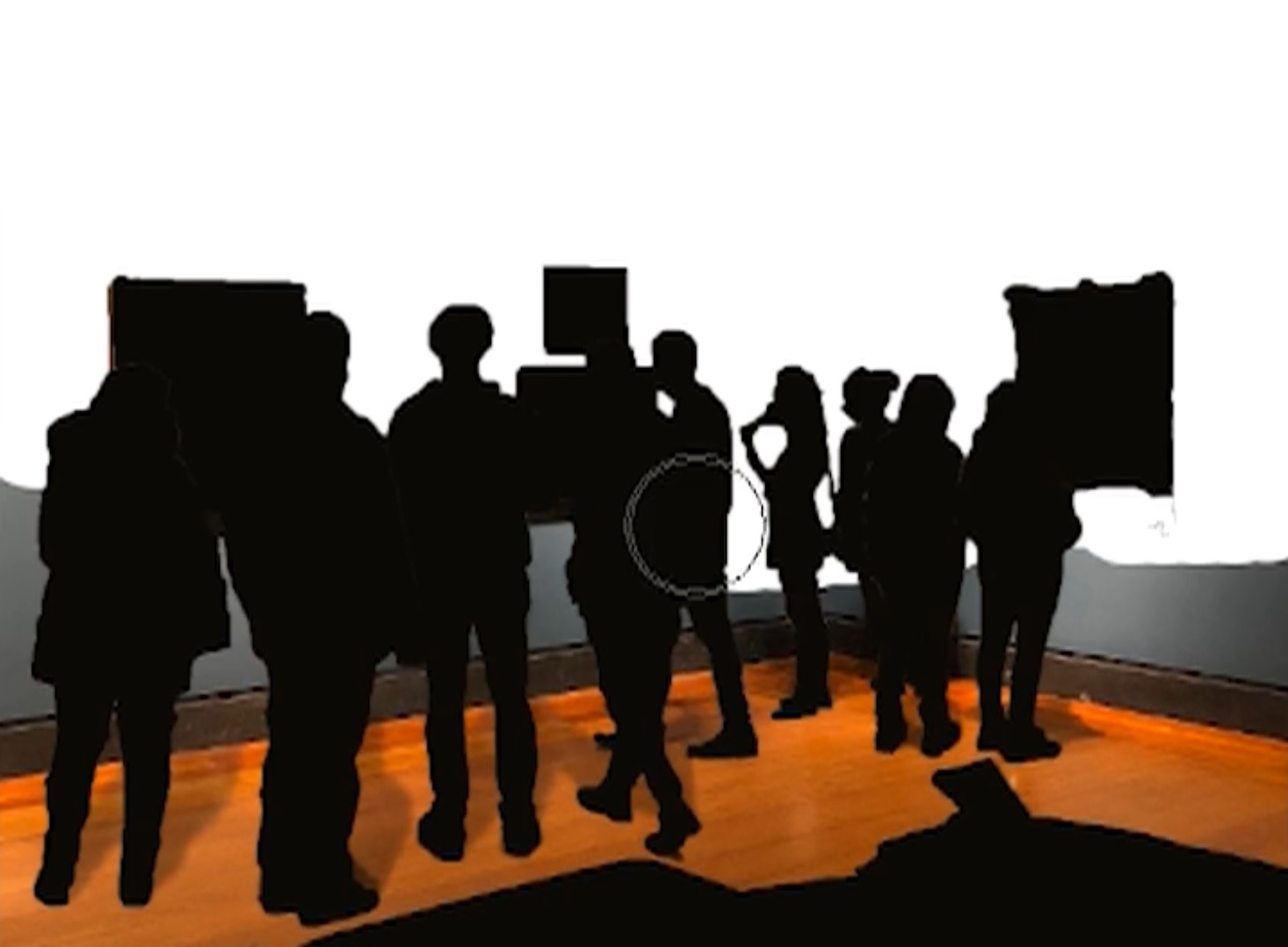Idil Djafer
“I feel that I am able to say something about my identity in showcasing my surroundings. It’s important to also note that although my practice is mainly photography, my process is heavily conceptual. From idea to execution, the concept will always come first. I constantly ask myself throughout my practice, what medium would work best to bring this idea to fruition? Sometimes the right medium isn’t photography or video, but I enjoy learning the necessary skills to create work in different forms ” - Idil Djafer, 2020.
 Idil Djafer, If You Ain’t Black Don’t Say It (detail), 2018.
Idil Djafer, If You Ain’t Black Don’t Say It (detail), 2018. Idil Djafer is a Scarborough-based conceptual artist examining themes of language, cultural space, and belonging in her multi-disciplinary practice. Working primarily with lens-based media, Djafer proposes new forms of diasporic identity construction by navigating her intersectional experience as a Black Muslim woman in the Toronto area.
Not Our Space explores the theme of white space as negative space. The majority of public settings in Toronto are populated by white bodies. Djafer breaks down this characteristic, exploring how cultural asymmetries generate feelings of discomfort and unease for persons of colour navigating these spaces. Who belongs in these settings and who does not? The video’s white space is deconstructed to visualize the abundance of negative space surrounding its subjects. move b*tch, get out the way! takes these questions one step further – exploring how women of colour can combat exclusive sidewalk politics. They are empowered to make space among the crowd.
Related themes on the functionality of language are surveyed in If You Ain’t Black Don’t Say It. Five sentences are brought together in the embroidered work to focus on the excuses individuals use when they are called out for using the N word. Each phrase is surrounded by charming textile designs to emphasize attempts to sugar-coat these excuses. Djafer summarizes the work best, proposing “There is a great deal of anti-blackness around the world, therefore I refuse to allow anyone to use language that makes me uncomfortable. Yet, a golden question remains: why is it that when a Black individual expresses their discomfort, they are ultimately disregarded by weak, nonsensical excuses?”


Idil Djafer, move b*tch, get out the way! (video still), 2020. Life-sized projection, 3 minutes 48 seconds.
You can watch the full video here.
You can watch the full video here.
Idil Djafer, Not Our Space (video still), 2019. Digital video, 4 minutes 35 seconds.
You can watch the full video here.
You can watch the full video here.
Q: Tell us about yourself. Was there a specific moment when you, as an artist, knew that you needed to create work that engaged with diasporic themes? Was this always a goal in your practice or did you gradually integrate these themes into your work? A: During my third year of Studio at the University of Toronto Scarborough, I realized that I wanted to create more meaningful work that resonated with diasporic themes. This wasn’t always a goal in my practice, I definitely needed the push of my wonderful professors and peers to actualize these themes into my work. Prior to creating more conceptual-based works, my main goal was to create a certain aesthetic which led me to always prioritize that over the themes of the work.
Q: The Greater Toronto Area has become a cultural crossroad for a rich diversity of peoples from across the globe. How do you identify/position yourself as an artist in this context engaging with themes of diaspora in 2020? What are the messages surrounding this identity and current themes of belonging that you try to convey or amplify in your practice? A: I love that the Greater Toronto Area is so diverse. However, based on the 2016 Census, Black folks make up only 7.5% of Toronto’s population. This number is sure to increase for the 2021 Census. I am therefore a part of the minority in this city and I position myself as an artist focusing on the intersectionality of my identities within this context. Although I am a Black Muslim Woman, I’ve had folks from all different backgrounds relate to my work because they might fall under the category of one my identities. The message surrounding current themes of belonging that I try to amplify is that I want everyone to feel comfortable in their identities and to not feel any sort of alienation.
Q: The activation of lens-based media seems to be a recurrent theme in your practice. How has the use of photography and video influenced your development as an artist? Do images have the power to showcase something about your identity that other mediums cannot? A: Photography was my first introduction to the arts. From joining the photography club in high school, to buying my first DSLR, to finally taking photography courses in university to up my skill level, photography always been a significant aspect of my artistic life. These are all examples of how I got to my current comfort level with lens-based media. The use of photography has influenced my development as an artist by instilling a strong foundation in my practice. It’s the medium I’m most comfortable using, which then led me to explore other lens-based media such as video. Although my body is never the main focus in my works, with the exception of Salah (2018), the images that I take hold more power in showcasing my surroundings. Other mediums cannot necessarily achieve these goals. I feel that I am able to say something about my identity in showcasing my surroundings. It’s important to also note that although my practice is mainly photography, my process is heavily conceptual. From idea to execution, the concept will always come first. I constantly ask myself throughout my practice, what medium would work best to bring this idea to fruition? Sometimes the right medium isn’t photography or video, but I enjoy learning the necessary skills to create work in different forms
To learn more about Djafer artistic practice, you can view her website or follow their Instagram account.